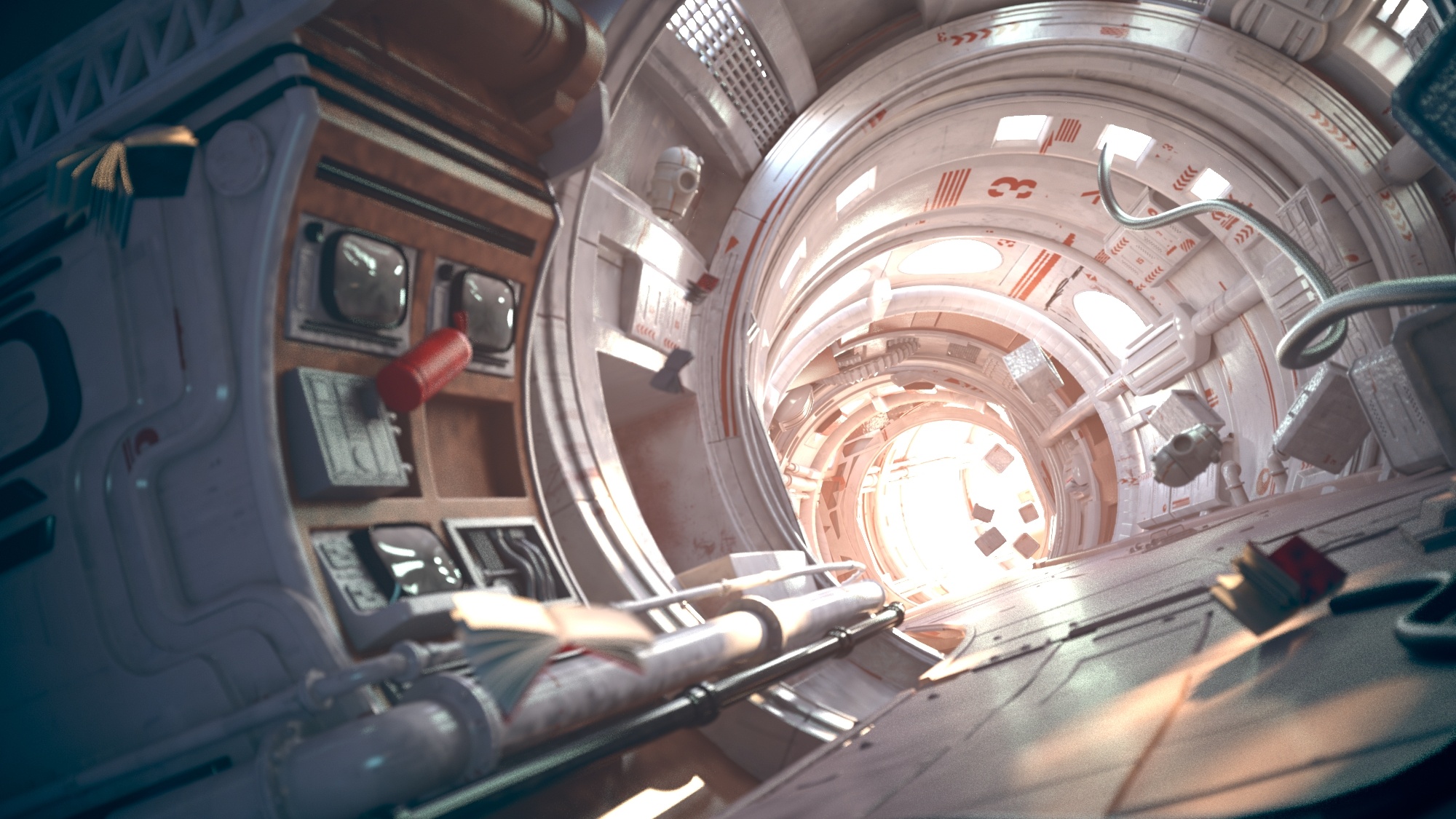In V-Ray 5, the following parameters are available only for old scenes that already use them. |
Post-Processing These controls allow additional modification of the indirect illumination before it is added to the final rendering. The default values ensure a physically accurate result, but values can be changed to modify the way GI looks for artistic purposes. Saturation – Controls the saturation of the GI. A value of 0.0 means that all color will be removed from the GI solution and the result will be in shades of grey only. The default value of 1.0 means the GI solution remains unmodified. Values above 1.0 boost the colors in the GI solution. Contrast – This parameter works together with Contrast base to boost the contrast of the GI solution. When Contrast is 0.0, the GI solution uses the value defined by Contrast base. A value of 1.0 means the solution remains unmodified. Values higher than 1.0 boost the contrast. Contrast Base – Determines the base for the contrast boost. It determines which GI values in the image remain unchanged during contrast calculations, and which are shifted. The default value of 0.5 values leaves the medium grey values in the GI solution unmodified. When a low Contrast Base value is used in conjunction with a raised Contrast value, the image brightens. When a higher Contrast Base is used with a higher Contrast value, the image darkens.
Ambient Occlusion These controls add an ambient occlusion term to the global illumination solution. On – Enables the ambient occlusion pass. Multiplier – Multiplies the effect of the ambient occlusion. Radius – Determines the amount of area (in scene units) where the ambient occlusion effect is produced. Subdivs – Controls the number of samples that V-Ray takes to calculate the ambient occlusion effect. Lower values render faster but produce a more noisy result.
Ray DistanceThe options in this group limit the distance traveled by each GI ray in order to optimize rendering time. On – Enables the Ray Distance limit. Ray Distance – Specifies the maximum distance each GI ray will travel. | 



